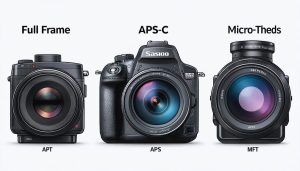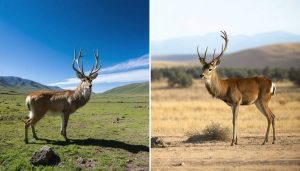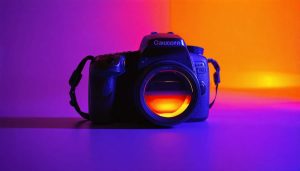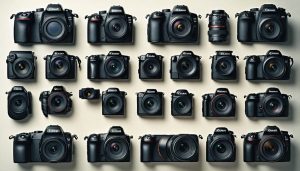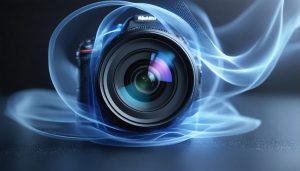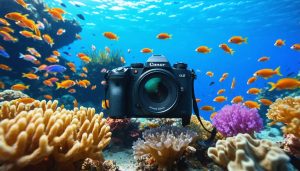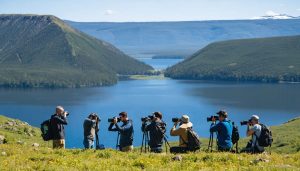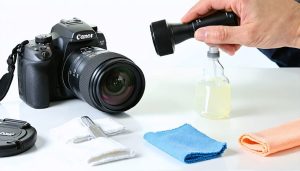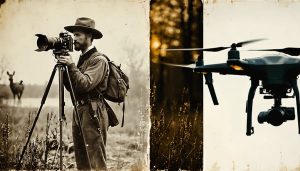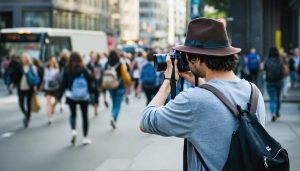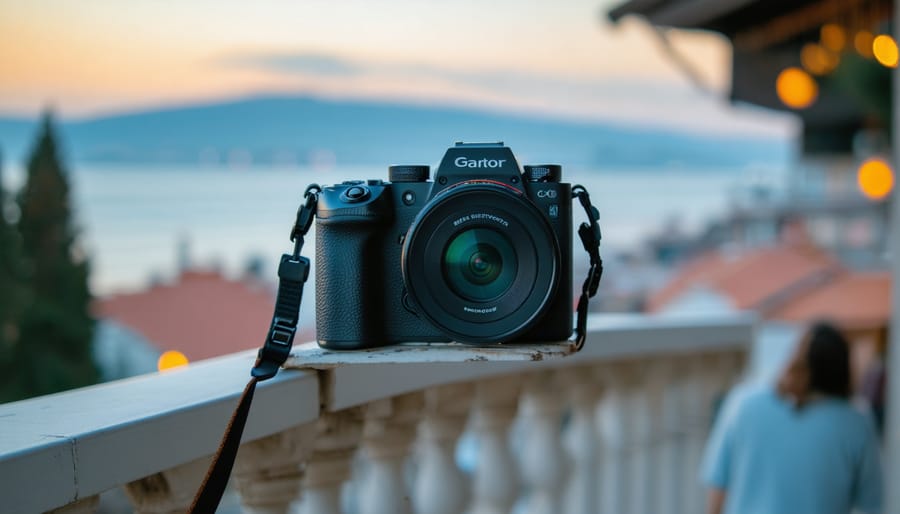
Big sensor compact cameras represent a revolutionary sweet spot in photography, combining the portability of a pocket-sized camera with the exceptional image quality traditionally reserved for larger interchangeable lens systems. The magic lies in their sensor size, which often matches or exceeds that of mainstream mirrorless cameras, enabling superior low-light performance and that coveted professional-looking background blur. For photographers seeking the perfect balance between convenience and image quality, these cameras offer a compelling solution that doesn’t compromise on either front. Whether you’re a street photographer who values discretion, a travel enthusiast looking to travel light, or simply someone who appreciates the fusion of advanced technology in a compact form factor, these cameras deliver professional-grade results without the bulk and complexity of a full camera system.
Understanding Sensor Size Impact
APS-C vs Full Frame vs 1-inch Sensors
Understanding different sensor sizes is crucial when choosing a big sensor compact camera. Let’s break down the three main contenders and what they mean for your photography.
Full-frame sensors, measuring 36x24mm, offer the best low-light performance and the shallowest depth of field for those creamy, blurred backgrounds. They’re the gold standard for image quality but come with larger camera bodies and higher price tags.
APS-C sensors, roughly 23.6×15.7mm, strike an excellent balance between size and performance. You’ll get nearly comparable image quality to full-frame in good light, with the benefit of a more compact body. Many photographers find APS-C the sweet spot for street and travel photography.
1-inch sensors (13.2×8.8mm) might be the smallest of these three, but they’re still significantly larger than smartphone sensors. They enable camera manufacturers to create truly pocket-sized bodies while delivering noticeably better image quality than your phone, especially in challenging lighting conditions.
Consider this practical perspective: a full-frame sensor gives you the most flexibility for low-light shooting and shallow depth of field, APS-C offers an excellent compromise between size and quality, while 1-inch sensors prioritize portability while still maintaining impressive image quality.
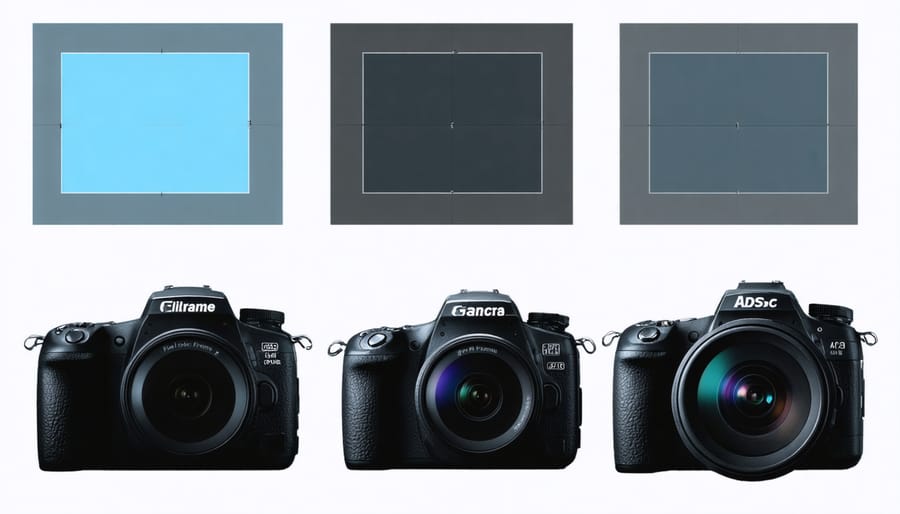
The Image Quality Advantage
When it comes to the image quality advantage of big sensor compact cameras, the benefits are immediately apparent in real-world shooting situations. Larger sensors capture more light, which translates to better performance across two critical aspects of photography: dynamic range and noise handling.
The enhanced dynamic range allows these cameras to capture more detail in both highlights and shadows within the same frame. Think of photographing a sunset where you want to maintain the vibrant colors in the sky while still revealing details in the darker foreground. A larger sensor makes this possible by recording a broader range of light values, giving you more flexibility in post-processing.
When it comes to noise performance, bigger sensors truly shine. At higher ISO settings, where smaller sensors might produce grainy, unusable images, large-sensor compacts maintain impressive image clarity. This superior low-light capability means you can confidently shoot in challenging conditions – from dimly lit indoor venues to twilight street photography – without sacrificing image quality.
The physical size of the photosites (light-capturing elements) on larger sensors also contributes to better color depth and tonal gradation. This results in smoother transitions between colors and more natural-looking images, particularly in subtle areas like skin tones or sky gradients.
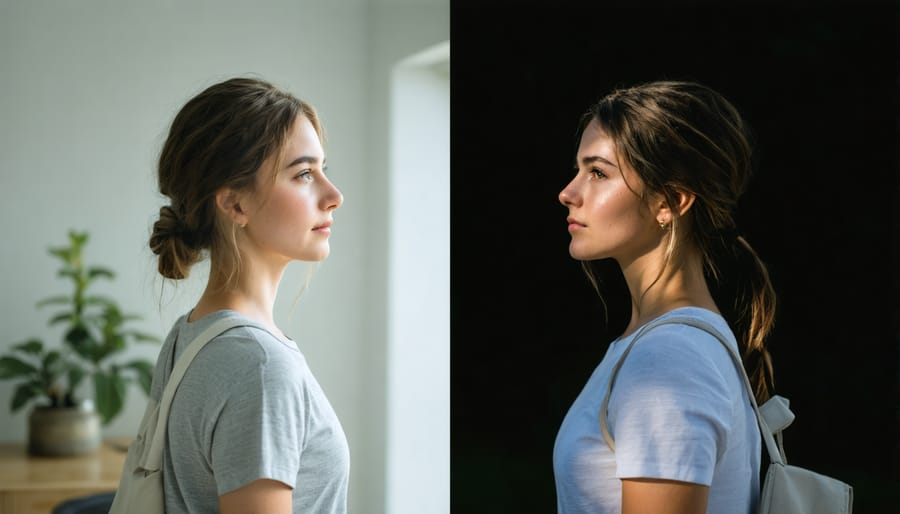
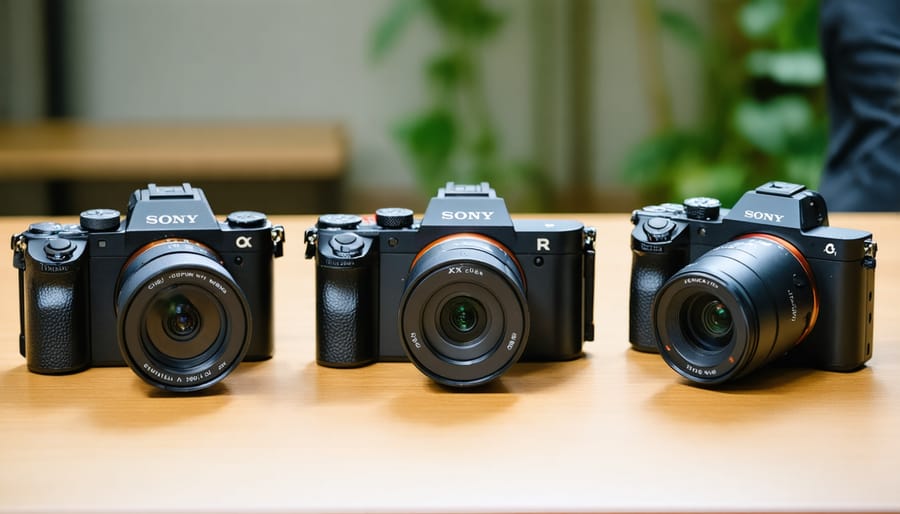
Popular Big Sensor Compact Cameras
Full Frame Compacts
Full-frame compact cameras represent the pinnacle of portable image quality, with two standout models dominating this exclusive category: the Sony RX1R II and the Leica Q2. These cameras pack full-frame sensors into remarkably compact bodies, delivering image quality that rivals professional DSLRs while maintaining incredible portability.
The Sony RX1R II features a 42.4MP sensor paired with a fixed 35mm f/2 Zeiss lens, creating a powerful combination for street photography and everyday shooting. Its unique variable optical low-pass filter allows photographers to fine-tune the balance between sharpness and moiré reduction, while the pop-up EVF provides a traditional shooting experience when needed.
Leica’s Q2 takes a different approach with its 47.3MP sensor and weather-sealed body, paired with a stunning 28mm f/1.7 Summilux lens. The wider focal length and bright aperture make it particularly versatile for environmental portraits and landscape photography. Its robust build quality and refined ergonomics exemplify Leica’s legendary craftsmanship.
Both cameras command premium prices, reflecting their specialized nature and exceptional build quality. While the fixed lens might seem limiting to some, many photographers find that this constraint actually enhances their creativity and helps them master their chosen focal length.
These cameras particularly excel in low-light situations, thanks to their large sensors and bright lenses. Their discreet size makes them ideal for street photography and travel, where larger cameras might draw unwanted attention or become cumbersome during long days of shooting.
APS-C Compacts
APS-C compact cameras represent the sweet spot between portability and image quality, with two standout models dominating this category: the Fujifilm X100V and the Ricoh GR III. These cameras pack larger sensors than their typical compact counterparts, delivering exceptional image quality in relatively pocket-friendly packages.
The Fujifilm X100V has earned a cult following among street photographers and documentary shooters, thanks to its classic rangefinder-style design and outstanding 26.1MP X-Trans sensor technology. Its fixed 23mm f/2 lens (35mm equivalent) strikes an ideal balance for everyday photography, while the hybrid optical/electronic viewfinder offers unprecedented versatility in framing shots.
The Ricoh GR III takes a different approach, emphasizing ultimate portability without compromising image quality. Its 24.2MP APS-C sensor and 28mm equivalent f/2.8 lens are housed in a remarkably compact body that truly fits in a pocket. The minimalist design and intuitive controls make it a favorite among photographers who value discretion and spontaneity in their shooting.
Both cameras excel in different scenarios: the X100V shines in deliberate, considered photography with its more traditional handling, while the GR III excels in quick, candid situations where size and speed are paramount. The image quality from both rivals that of many interchangeable lens cameras, making them compelling options for photographers seeking to simplify their kit without sacrificing creative potential.
Pros and Cons of Big Sensor Compacts
Advantages Over Smaller Sensor Cameras
Big sensor compact cameras offer several compelling advantages over their smaller-sensor counterparts, particularly when it comes to image quality and creative control. The larger sensor size allows for better light-gathering capabilities, resulting in cleaner, more detailed images, especially in challenging lighting conditions. When comparing real-world performance differences, you’ll notice significantly better dynamic range and color depth.
One of the most noticeable benefits is superior low-light performance. Larger sensors can capture more light per pixel, leading to less noise and better detail retention when shooting at higher ISO settings. This means you can confidently shoot in dimly lit environments without sacrificing image quality.
The larger sensor also creates a more pronounced depth of field effect, giving you greater creative control over your images. This allows for that coveted background blur (bokeh) that can help separate your subject from the background, similar to what you’d achieve with a professional DSLR or mirrorless camera.
Color reproduction tends to be more nuanced and natural, thanks to the larger photosites on the sensor. This translates to smoother tonal transitions and better handling of subtle color variations, particularly in challenging scenarios like sunset photography or portraits with complex skin tones.
What’s particularly impressive is how these cameras maintain these advantages while still fitting in a pocket-sized body, making them ideal for photographers who prioritize both image quality and portability.
Trade-offs and Limitations
While big sensor compact cameras offer impressive image quality in a portable package, they come with several notable trade-offs. The most obvious compromise is size – though smaller than interchangeable lens cameras, they’re still considerably larger than typical point-and-shoot cameras and won’t slip into a shirt pocket. This increased bulk is a direct result of accommodating the larger sensor and necessary optics.
Price is another significant consideration. The sophisticated technology and premium build quality command a premium price tag, often approaching or exceeding entry-level mirrorless camera territory. This can make the investment harder to justify for some photographers, especially given the fixed lens limitation.
Speaking of lenses, the lack of interchangeability is perhaps the most significant limitation. While the built-in lens is typically high-quality and versatile, photographers can’t adapt to different shooting situations by switching lenses. This fixed focal length or limited zoom range might feel restrictive for those accustomed to interchangeable lens systems.
Battery life tends to be shorter compared to DSLRs, as the compact body leaves less room for larger batteries. Additionally, continuous autofocus performance and shooting speed often lag behind more specialized cameras, making them less ideal for fast-action photography or sports shooting.
Despite these limitations, many photographers find the image quality and portability balance worth the compromises, especially for street, travel, and everyday photography.
Who Should Consider a Big Sensor Compact?
Street and Travel Photographers
Street and travel photographers often find big sensor compact cameras to be their perfect companions. These cameras excel in low-light conditions, making them ideal for capturing the vibrant atmosphere of city streets after dark or dimly lit indoor markets. The larger sensor’s superior dynamic range helps preserve details in both shadows and highlights, essential when shooting in challenging lighting conditions like harsh midday sun or contrasty urban environments.
The discrete nature of these cameras is particularly valuable for street photography. Unlike bulky DSLRs or mirrorless systems, a compact camera with a big sensor allows photographers to blend into the crowd, capturing authentic moments without drawing attention. This unobtrusive quality is especially beneficial when photographing in sensitive cultural settings or when trying to document candid street scenes.
For travelers, the combination of professional-level image quality and portable size means never having to choose between traveling light and capturing stunning images. The robust build quality typical of these cameras stands up to the rigors of travel, while their quick startup times ensure you never miss a fleeting moment. Many models feature silent shooting modes, perfect for quiet locations like temples or museums.
The wide dynamic range and excellent high ISO performance mean you can shoot confidently in various conditions without carrying additional lighting equipment, making these cameras practical tools for documenting your journey while maintaining a light footprint.
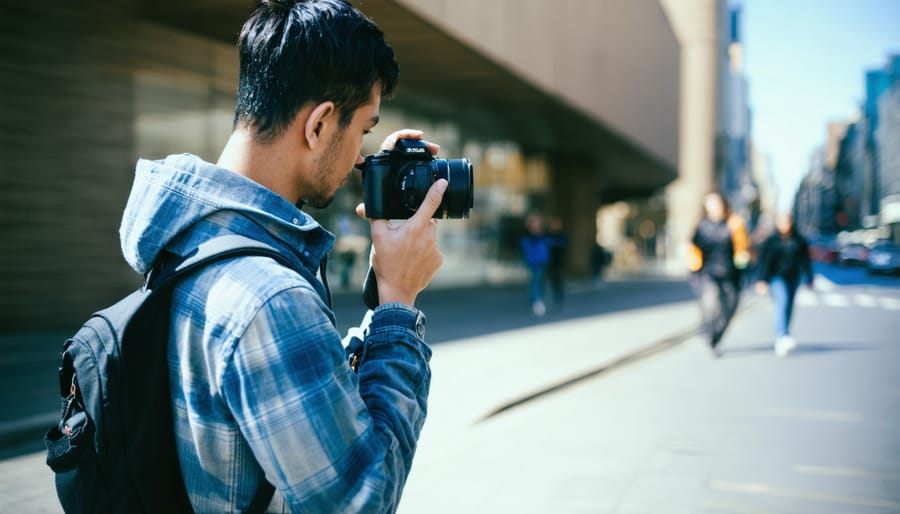
Professional Secondary Camera
Many professional photographers are discovering that big sensor compact cameras make excellent secondary bodies for their photography work. These cameras offer a perfect balance between portability and image quality, making them invaluable when carrying full-frame gear isn’t practical or desirable.
Wedding photographers, for instance, often use these cameras during reception events where discretion is key. The smaller form factor allows them to capture candid moments without drawing attention, while the large sensor ensures the image quality matches their primary camera’s output. This consistency is crucial when delivering a cohesive set of images to clients.
Documentary photographers and photojournalists particularly appreciate these cameras for street photography and situations where being inconspicuous is essential. The ability to slip a capable camera into a jacket pocket while maintaining professional-grade image quality has revolutionized how they approach certain assignments.
These cameras also serve as excellent backup bodies. If your primary camera fails during a shoot, having a compact camera that can deliver similar image quality can be a real lifesaver. Many photographers find that keeping a big sensor compact in their bag provides peace of mind without adding significant weight or bulk to their kit.
For travel photography, these cameras shine as secondary bodies. They’re perfect for situations where carrying multiple full-frame cameras and lenses would be cumbersome or draw unwanted attention.
Big sensor compact cameras have transformed the landscape of portable photography, offering the perfect balance between image quality and portability. These cameras continue to evolve, with manufacturers pushing the boundaries of what’s possible in increasingly compact bodies. The combination of larger sensors with advanced features like improved autofocus systems, better low-light performance, and sophisticated image processing has made them serious contenders for both enthusiast and professional photographers.
Looking ahead, we can expect to see further improvements in computational photography, enhanced connectivity options, and even more compact designs without sacrificing image quality. The trend toward larger sensors in smaller bodies is likely to continue, with potential advances in sensor technology and manufacturing processes making this increasingly feasible.
While smartphones will continue to dominate casual photography, big sensor compact cameras have carved out their own distinct niche. They appeal to photographers who demand superior image quality and creative control without the bulk of interchangeable lens systems. Their future seems secure, particularly among street photographers, travel enthusiasts, and professionals seeking a capable backup camera.
For photographers considering investing in a big sensor compact camera, the decision ultimately comes down to your specific needs and shooting style. These cameras offer a compelling mix of portability and performance that can complement or even replace larger camera systems in many situations. As technology advances, we can expect these cameras to become even more capable while maintaining their fundamental advantage: exceptional image quality in a portable package.

